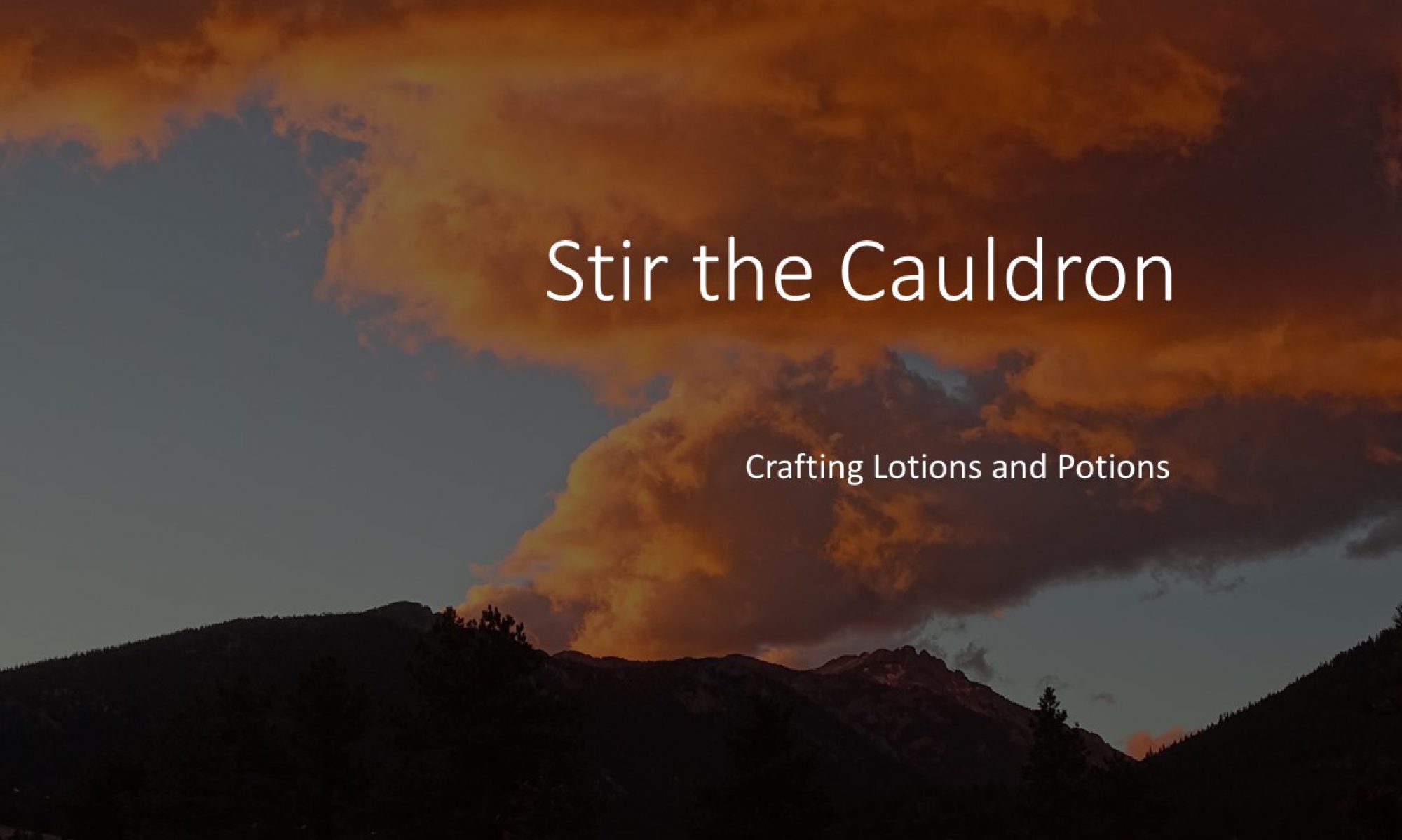
Shutterstock / Stephen Orsillo
Afghan coats were icons of the Swinging 60s and the 1970s, just as much as wide flared trousers and miniskirts were. From Carnaby Street in London to the Woodstock Festival, Afghans were worn by celebrities and anyone else who could afford them. Among many others, John Lennon, George Harrison, Marc Bolan, and Janis Joplin were photographed wearing them.
Preservative
The people who produced afghan coats packed them with patchouli leaves to preserve them and protect them from insect infestation. The residual smell of patchouli was as much a part of an afghan coat as the smell of lanolin, the texture of the sheepskin, and the warmth of the coat. The coats were very warm to wear, and at times too warm for anyone other than a dedicated follower of fashion. But an over-warm body and a little sweat brings out some of the magic of patchouli.
The dawning of the New Age of Aquarius, the Hippies and their afghan coats brought about a renaissance in the popularity of patchouli. The idea of using leaves and twigs of patchouli to mothproof garments before despatch from India, Nepal and Afghanistan was far from new. Patchouli was popular in the nineteenth century too. In her book Artifice of Beauty, Sally Pointer observes:
“The vogue for Kashmir shawls led to patchouli being a favourite Victorian scent owing to the use of the dried leafy twigs being included in bales of shawls as a mothproofing method. Traders quickly noticed that shawls which smelt of patchouli sold faster than those which did not. They eventually added patchouli to shawls from places other than India, to lend that all-important market edge.”
I have used Patchouli as an ingredient in an effective insect repellent. It’s called:

Patchouli is a small blue flower, belonging to the same family of plants (Lamiaceae) as mints and dead nettles. I’ve wondered if patchouli inspired the drug in Philip K Dick’s novel A Scanner Darkly. (“Do Androids Dream of Electric Sheep?” may be Philip K Dick’s best known novel. Blade Runner was the film.)
Perfume
In perfumery patchouli is a base note. The essential oil is produced from the dried leaves of the plant by steam distillation. The oil is viscous, sticky, and doesn’t dissolve readily in the alcohols used as carriers for perfumes. Physically, it’s not the easiest essential oil with which to work. In it’s defence, it is one of the few essential oils I would consider putting on bare skin undiluted (but please see the general guidelines in the Safety section). Julia Lawless lists Patchouli as “Non-toxic, non-irritant, non-sensitizing”.
Used alone or as the dominant note in a perfume, patchouli is very assertive. It first appears slightly sweet and floral, but then it works with the wearer’s body chemistry to develop into something powerful and musty that is raw and sexual. There is nothing subtle about it.
Used sparingly, patchouli can add intrigue to a blend. It blends well with woody fragrances (angelica root, oakmoss, vetiver, sandalwood, cedarwood). It also blends well with resins (labdanum), with citruses (bergamot, orange, lime, neroli), with florals (lavender, jasmine, rose). The pairing of patchouli with rose is a classic blend.
Patchouli can work with less pleasant odours to produce something that is acceptable, if not fabulous. It doesn’t mask other odours as much as bring out the best in them while playing down their more difficult aspects. I use hemp oil in my Heavy Duty Hand Creme #21. Hemp oil is a great conditioner for dry skin, but its smell is not attractive. The addition of a little patchouli doesn’t hide the smell of hemp completely, but it does soften it and transform it into something more pleasant.

One Reply to “P is for: Patchouli”
Comments are closed.